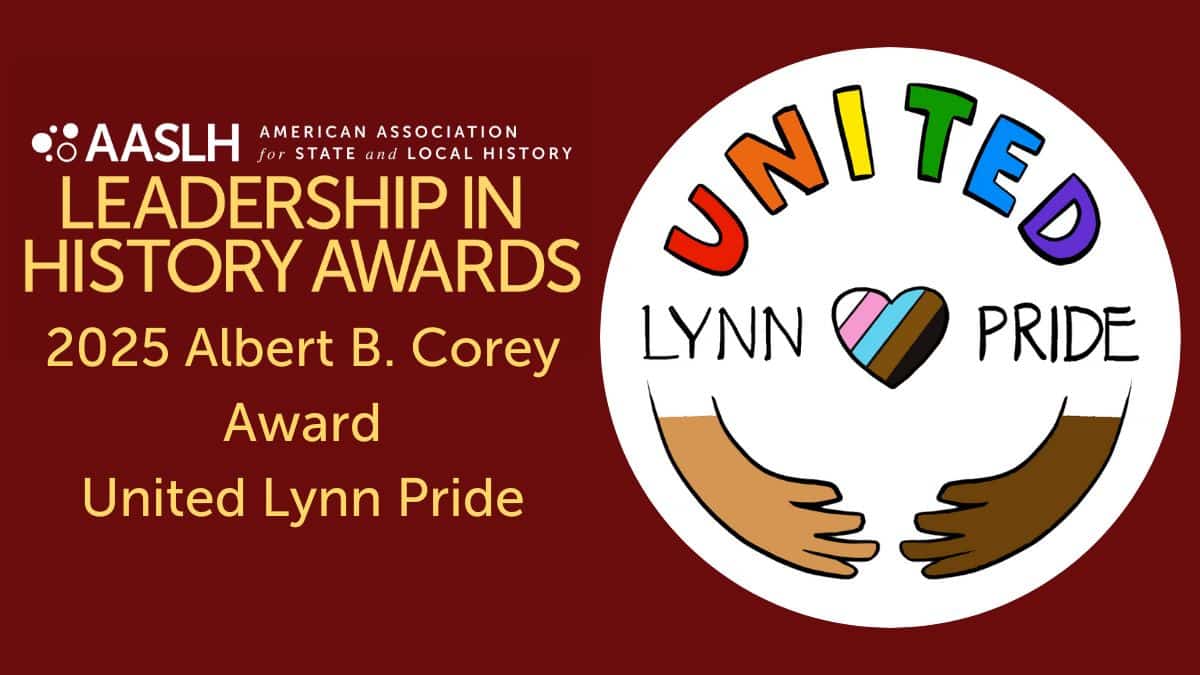
By Harry Klinkhamer
The COVID-19 pandemic has gripped the nation and the world. It has shut down economies and closed everything from nail salons to museums. It is an unprecedented historic event for our time, and as the keepers of history for our communities, museums have been seizing the moment. Future historians and community leaders will count on the actions we take today to help them make sense of these events. Many of us have made plans to collect journals, PPE, and maybe even a ventilator or two. That helps to answer the question of what to collect. However, what about the question “How do you document this?” Yes, we can go back to collecting journals where people are documenting their experiences, but what I found fascinating in all of this was a question a staff member asked during a meeting to discuss what we should be doing. She asked, “How do you document nothing?”
Now before you think we are starting down some path on collecting materials from people who think COVID-19 is a hoax (although that is part of the story as well, isn’t it?), that’s not where this is going. On March 16, our city manager declared a state of emergency and we closed the Venice Museum. Three days later the governor closed the beaches, followed soon by bars and restaurants; and by April 1 all non-essential businesses closed. For a city that relies heavily on beach-goers and tourism, we ended up having a lot of “non-essential businesses.”
When my staff and I talked about what we should do, my mind went to taking pictures of what was going on. But what was going on was a whole lot of nothing.

In the early days of the pandemic—back in the days before reopening protests and, later, social justice protests—we had nothing. Staff and I started thinking about popular places in town that were then mostly empty. To get a sense of the impact of this event on our community, it made sense to document those empty spaces. We headed out with cameras to our historic downtown, the beaches and jetty, and some parks to capture sidewalks and parking lots with nary a soul. Walking around, I felt a little like Vincent Price in The Last Man on Earth (or Will Smith in I Am Legend for a younger generation). Stores and churches had makeshift “closed” signs and restaurants had hand-written notes on windows about placing to-go orders. These will eventually make good additions to the collection, but will lose their context when not documented in their storefront or doorway. And so we documented.
Occasionally, we came across small groups of people who looked at us nervously with our cameras, worried we were the press and busting them for gathering. When we approached to say what we were doing, again that question came up, “How do you document nothing?” We answered them with, “By doing exactly that.”
Harry Klinkhamer is the Historical Resources Manager for the City of Venice, Florida.
How is your institution coping with COVID-19? Share your ideas and experiments with the field on our blog. Email [email protected] to submit a blog post.



